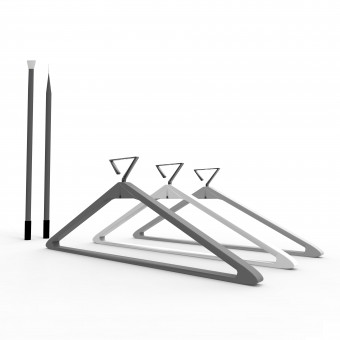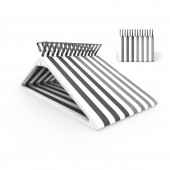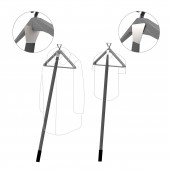Queuer Magnetic hanger by Xiuwen Sun, Feng Han and Miao Zhou |
Home > Winners > #56609 |
| CLIENT/STUDIO/BRAND DETAILS | |
 |
NAME: Cube PROFILE: Cube, a design studio which is located in China, has three dedicated and creative young designers with complimentary talents and a commitment to teamwork. Each member contributes in meaningful ways to the creation of projects with creative thinking and an interactive process. |
| AWARD DETAILS | |
 |
Queuer Magnetic Hanger by Xiuwen Sun, Feng Han and Miao Zhou is Winner in Furniture Design Category, 2016 - 2017.· Read the interview with designer Xiuwen Sun, Feng Han and Miao Zhou for design Queuer here.· Press Members: Login or Register to request an exclusive interview with Xiuwen Sun, Feng Han and Miao Zhou. · Click here to register inorder to view the profile and other works by Xiuwen Sun, Feng Han and Miao Zhou. |
| SOCIAL |
| + Add to Likes / Favorites | Send to My Email | Comment | Testimonials | View Press-Release | Press Kit |
Did you like Xiuwen Sun, Feng Han and Miao Zhou's Furniture Design?
You will most likely enjoy other award winning furniture design as well.
Click here to view more Award Winning Furniture Design.








